Surprising Facts About the Galápagos Islands
The Galápagos Islands are one of the most captivating and mysterious places on Earth. Known for its unique wildlife and breathtaking scenery, these islands are more than just a natural wonder — they are a living testament to the power of evolution and nature’s creativity. Join us as we explore ten surprising facts about the Galápagos Islands that might change your view of this extraordinary archipelago.
A Living Laboratory of Evolution
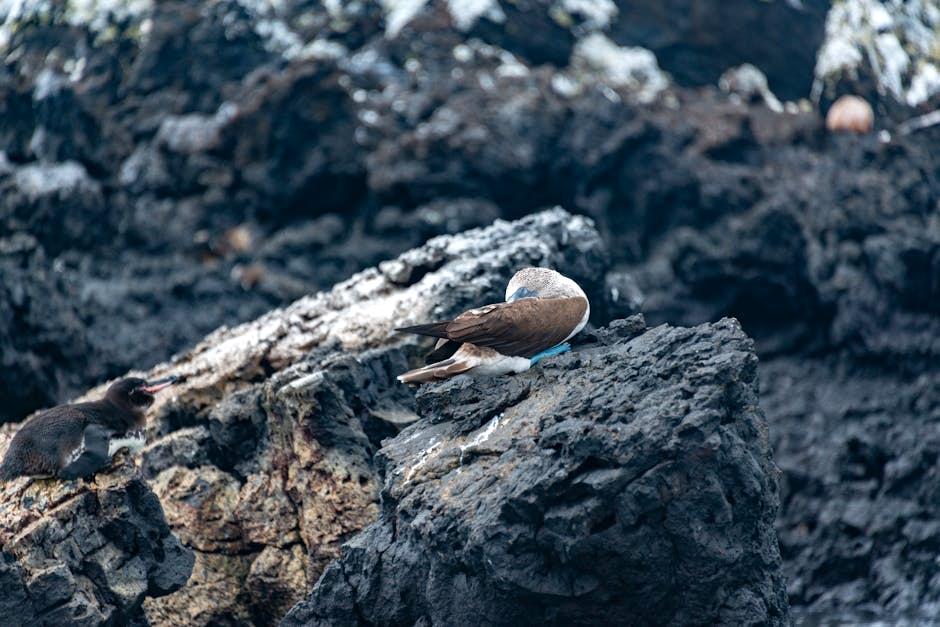
The Galápagos Islands have been dubbed a “living laboratory of evolution,” a title earned due to Charles Darwin’s groundbreaking observations during his visit in 1835. Darwin was so fascinated by his findings that they formed the basis of his theory of evolution by natural selection. On these islands, unique species flourish, each adapted to their environment in fascinating ways. The finches, famously known as “Darwin’s finches,” are prime examples of evolution at work. Their varied beak shapes, tailored to their specific dietary needs, showcase nature’s ingenuity. Imagine a place where you can see evolution unfolding before your very eyes — the Galápagos offers precisely that.
Home to the Oldest Island Giant

Within these islands resides a creature that echoes the ancient world — the Galápagos giant tortoise. Some of these colossal reptiles can live beyond a century, with some individuals reaching over 150 years old. Weighing up to 400 kilograms, these gentle giants are among the oldest living animals on earth. They move slowly but purposefully, trailing a legacy of resilience and wonder. The landscapes they roam are tailor-made for survival, providing sustenance that supports their lengthy lives. Visitors to the Galápagos might find these majestic creatures lounging in the sun or ambling through the underbrush, a timeless emblem of the islands’ unique ecosystem.
Volcanic Origins
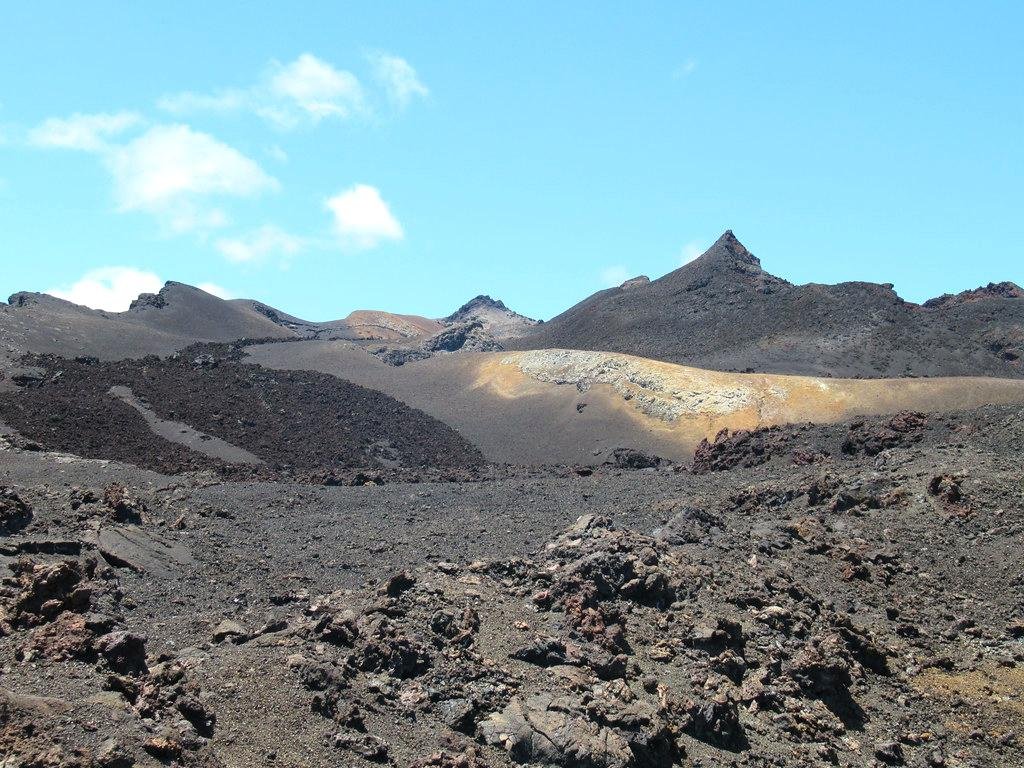
The Galápagos archipelago was birthed from fiery underwater volcanic activity millions of years ago. It’s a place where the planet’s raw power and artistry come to life, forming landscapes that seem straight out of a fantasy novel. Some of the islands remain volcanically active today, reminding us of the ever-changing nature of our world. Often, visitors can witness the stark difference between the fresh volcanic rocks and the lush areas where nature has begun to reclaim the land. This ongoing geological activity means that the Galápagos are still growing and shifting in ways both subtle and grand, offering a glimpse of the Earth in action.
Penguins Near the Equator
When you think of penguins, you probably imagine icy landscapes of Antarctica, not the sun-splashed scenery of the equator. Yet the Galápagos penguin defies these expectations. Unique among its kind, it is the only penguin species to live north of the equator. This hardy bird has cleverly adapted to the islands’ climate, retreating to shaded crevices and cooling off in cold ocean currents. It is an example of evolution’s ability to pave the way for survival in practically any environment. Observing these tuxedoed residents navigating the warm shores and mingling with sea lions is an enchanting experience you won’t want to miss.
Islands with Multiple Climates
The Galápagos Islands might be neighbors, but they each possess distinct personalities. Despite their proximity, some islands are cloaked in arid terrains, while others boast verdant highlands lush with plant life. This variety in climate means that no two islands are exactly alike, creating a patchwork of environments where different species thrive. Microclimates account for this variability, caused in part by the diverse topography and sea currents around the islands. Each island is an ecological world unto itself, and discovering the contrasts between them is part of the allure of visiting this exceptional destination.
A UNESCO World Heritage Site
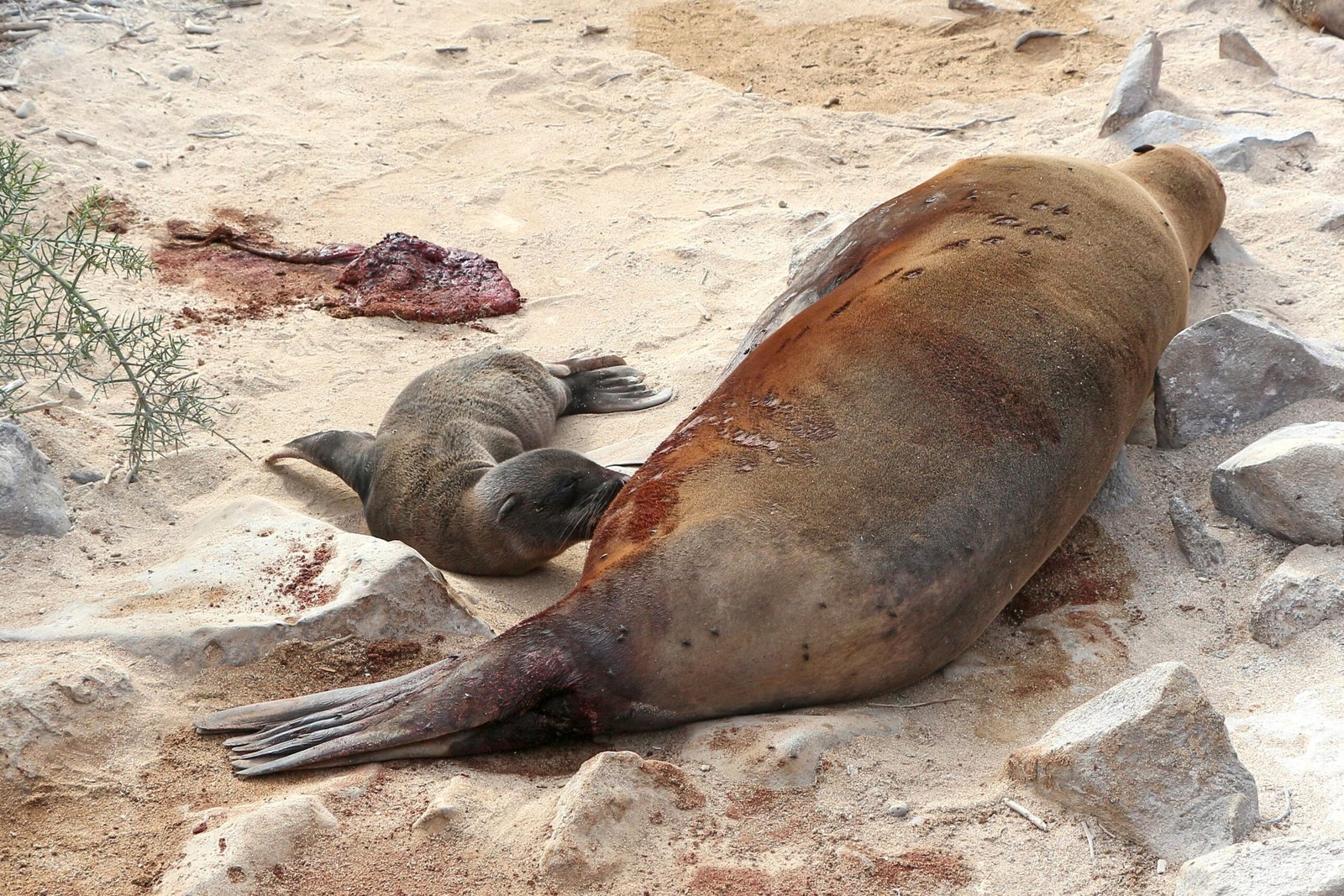
The Galápagos Islands hold a prestigious designation as a UNESCO World Heritage Site, conferred upon them in 1978. This status reflects their importance as one of the world’s most intact natural ecosystems. Protecting the unique biodiversity of the Galápagos is paramount, with conservation efforts ensuring that visitors can appreciate their beauty without compromising their delicate balance. From regulations controlling the number of visitors to conservation programs that protect endemic species, every measure is geared towards preserving these islands for future generations. The Galápagos serves as an inspiring blueprint for conservation efforts worldwide.
The Marine Iguana’s Unique Diet
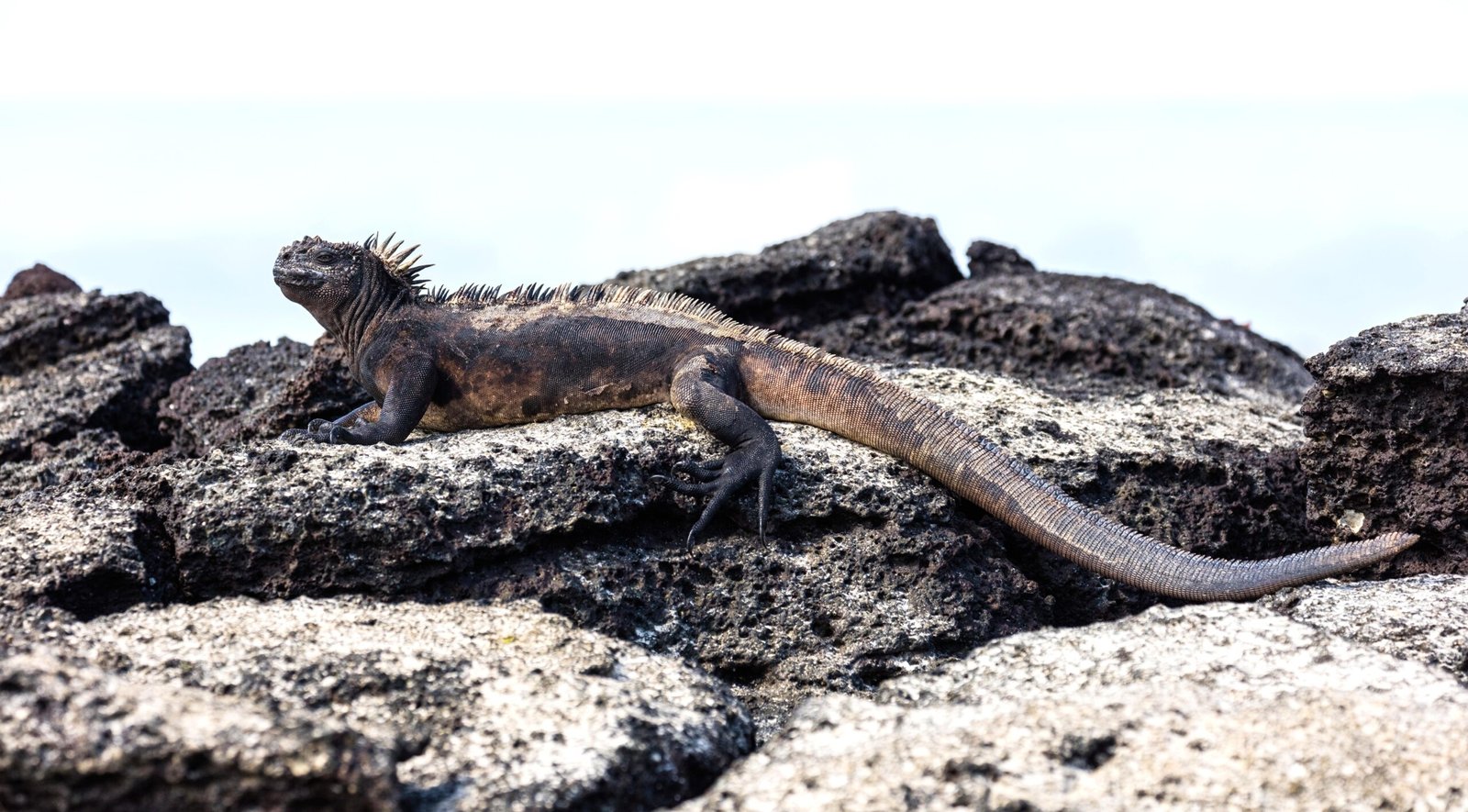
Meet the marine iguana, a remarkable inhabitant of the Galápagos Islands and the world’s only sea-going lizard. These intriguing creatures have adapted extraordinary behaviors that allow them to forage for algae in the ocean — a diet that no other lizard species on Earth has. Facing waves and chilly waters, they have evolved to hold their breath and dive for prolonged periods, securing their sustenance in a way that seems almost impossible. Watching marine iguanas bask on the lava rocks before taking their midday dip is a testament to evolutionary adaptability and one of the many curious behaviors found here.
The Famous Blue-Footed Booby
A true icon of the Galápagos, the blue-footed booby boasts vibrantly colored feet that are nearly impossible to forget. These striking features aren’t just for show; they’re key to mating rituals. Male boobies flaunt their azure feet in intricate mating dances that captivate onlookers and charm prospective mates. This charismatic bird demonstrates how physical traits can evolve to aid reproduction, adding a layer of complexity to the islands’ intricate web of life. Visitors encounters with these birds, their playful antics and aerobatic displays are as delightful as they are unforgettable, an enchanting display of nature’s theater.
Seasons Depend on Ocean Currents
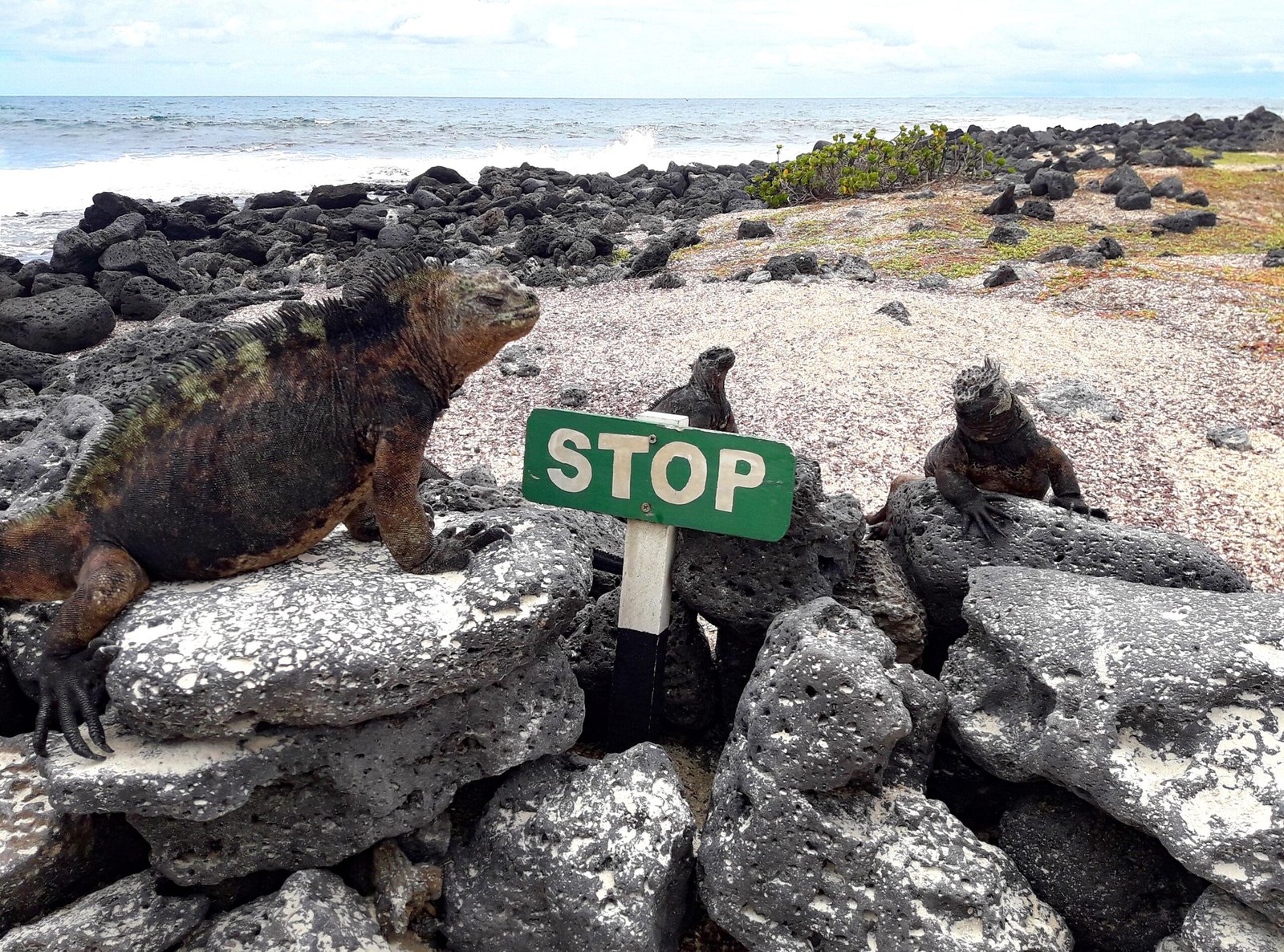
The unique seasons of the Galápagos Islands owe their existence to the Humboldt and Cromwell currents, which govern the pace of life here. These mighty currents cool the air, dictate the wet and dry seasons, and influence the distribution of wildlife. In the warmer season, typically from December to May, the waters become a nurturing cradle for marine life. The cooler months that follow are enriched by nutrient-filled currents that attract plenty of birds and sea animals. Understanding how these currents shape the islands lends a deeper appreciation for the blend of science and wonder that defines the Galápagos.
A Destination for Eco-Tourism
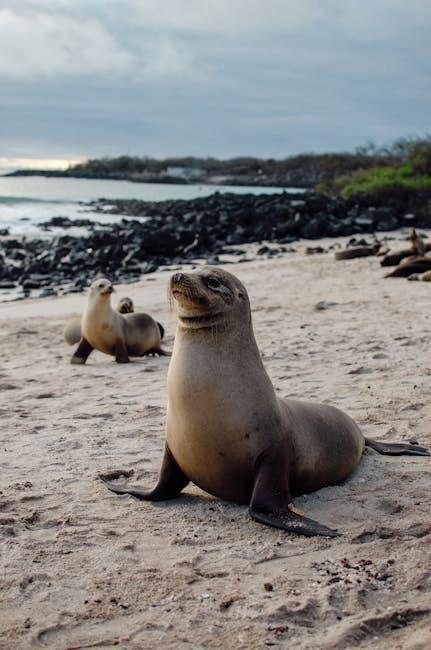
The Galápagos Islands have emerged as a beacon of eco-tourism, carefully balancing human interaction with conservation. Strict regulations limit the environmental footprint of visitors, ensuring minimal disturbance to its ecosystems. Tourists are encouraged to experience the islands through guided tours, each crafted to promote awareness and appreciation of the islands’ uniqueness. By harmoniously blending tourism with preservation, the Galápagos continue to shine as an example of sustainable interaction with nature. It’s an inspiring place where visitors learn about the profound impact humans can have on the planet while enjoying one of the world’s most treasured natural wonders.
